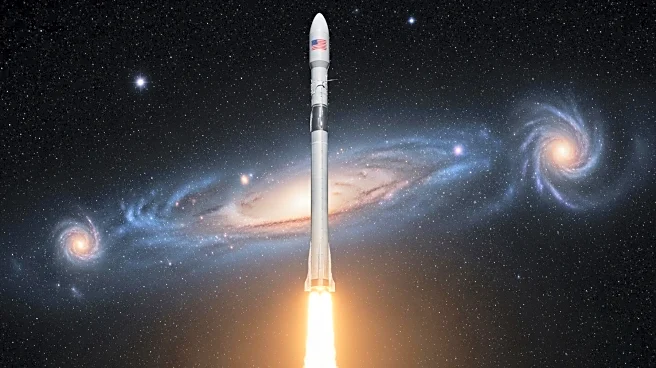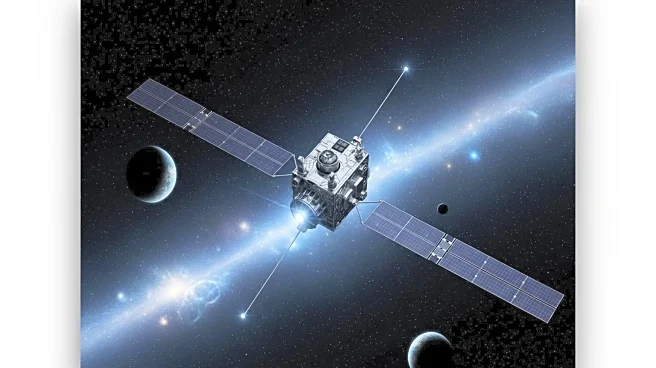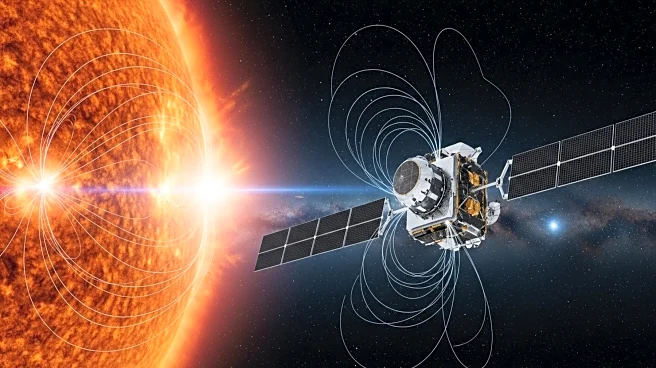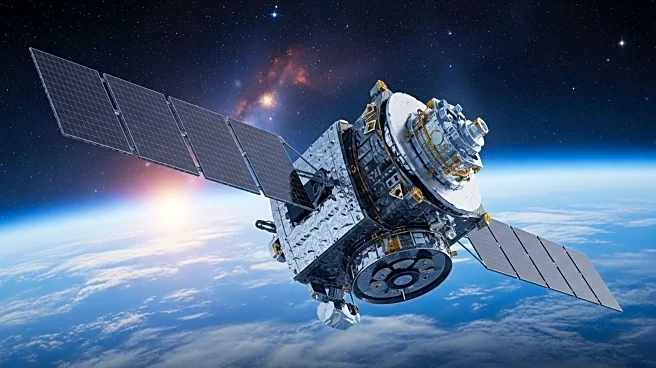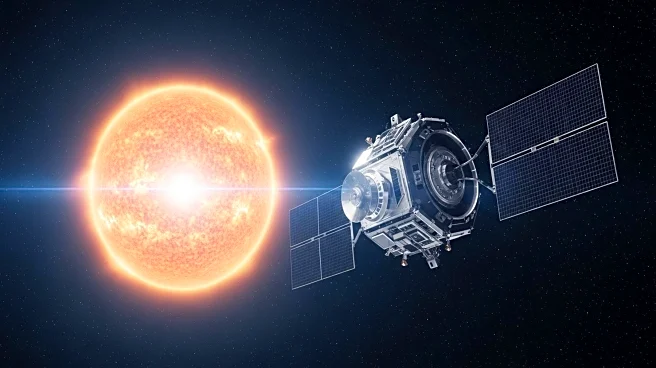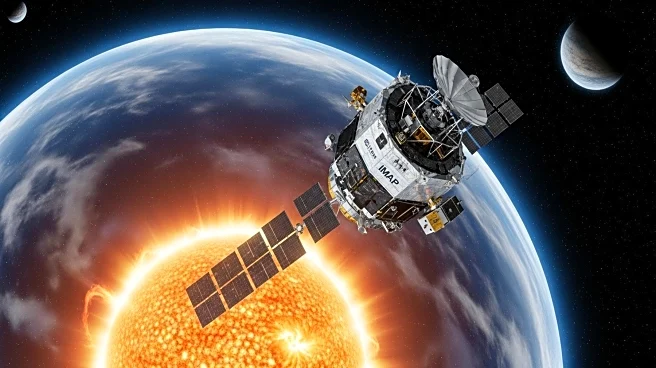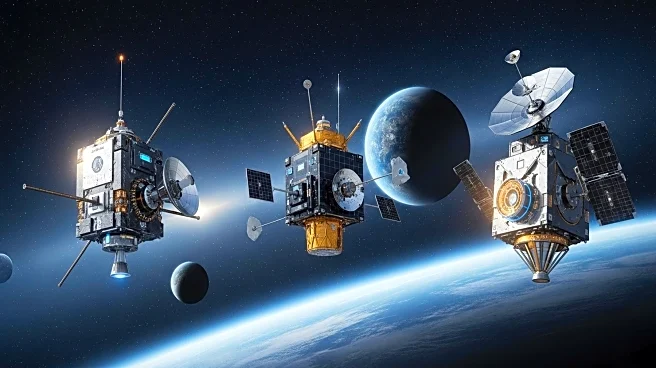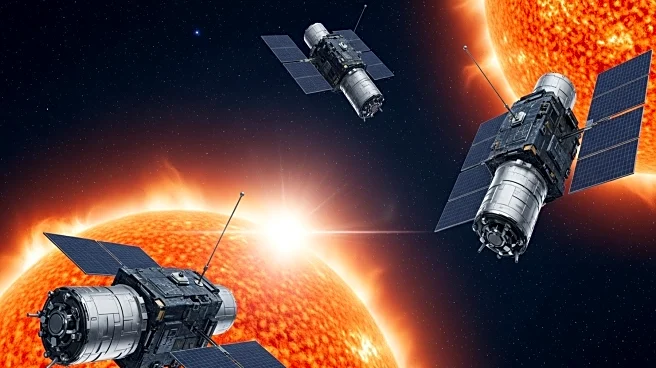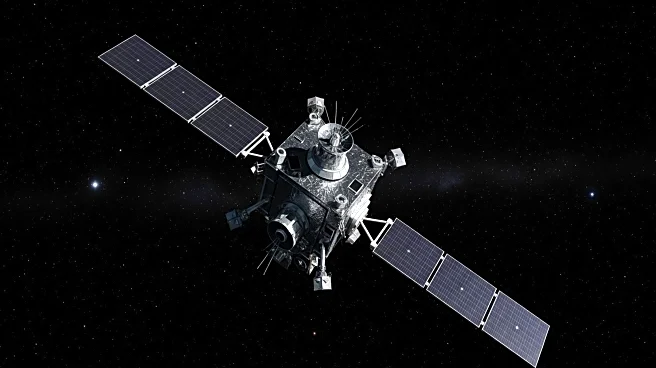What's Happening?
NASA has launched the Interstellar Mapping and Acceleration Probe (IMAP) mission to investigate the heliosphere, a cosmic shield created by the solar wind that protects the solar system from cosmic radiation. The IMAP mission aims to understand how the sun forms its solar wind and how this interacts with interstellar space at the heliosphere's boundary, which is located three times the distance between Earth and Pluto. The spacecraft, equipped with ten instruments, will fill gaps in the existing map of the heliosphere and help predict solar storms that can affect Earth. Alongside IMAP, two other space weather missions were launched, including the Carruthers Geocorona Observatory and NOAA's SWFO-L1, which will monitor solar activity and provide early warnings of solar storms.
Why It's Important?
The IMAP mission is crucial for enhancing our understanding of space weather and its potential impacts on Earth. Solar storms can pose risks to astronauts, interfere with communications, and affect the electric power grid. By mapping the heliosphere and studying solar wind interactions, scientists can better predict these events and mitigate their effects. The mission also contributes to the broader understanding of cosmic radiation shielding, which is vital for future space exploration and the safety of astronauts venturing into deep space. The data collected will support efforts to protect critical infrastructure and ensure the reliability of satellite operations.
What's Next?
IMAP will reach its orbit about 1 million miles from Earth in approximately three months, where it will begin capturing real-time observations of the solar wind and measuring particles from the sun. The mission will provide detailed images of the heliosphere's boundaries and contribute to a more comprehensive map of this cosmic shield. The SWFO-L1 mission will continuously monitor solar activity, providing timely data to NOAA's Space Weather Prediction Center, which will enhance forecasting capabilities and improve preparedness for solar storms.
Beyond the Headlines
The IMAP mission not only advances scientific knowledge but also highlights the importance of international collaboration in space exploration. Understanding the heliosphere's protective role can inform studies of astrospheres around other stars, potentially offering insights into the conditions necessary for life beyond Earth. The mission underscores the interconnectedness of space weather phenomena and their impact on global systems, emphasizing the need for continued investment in space research and technology.

